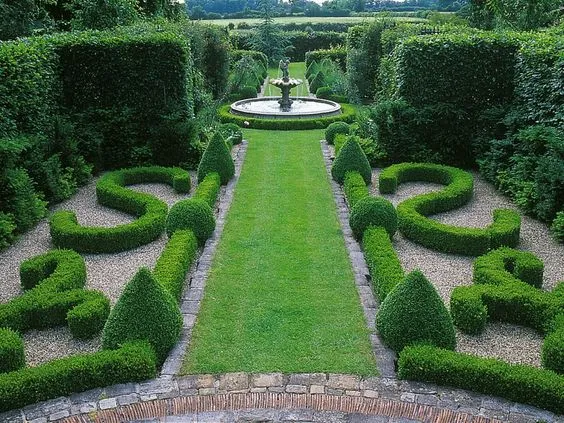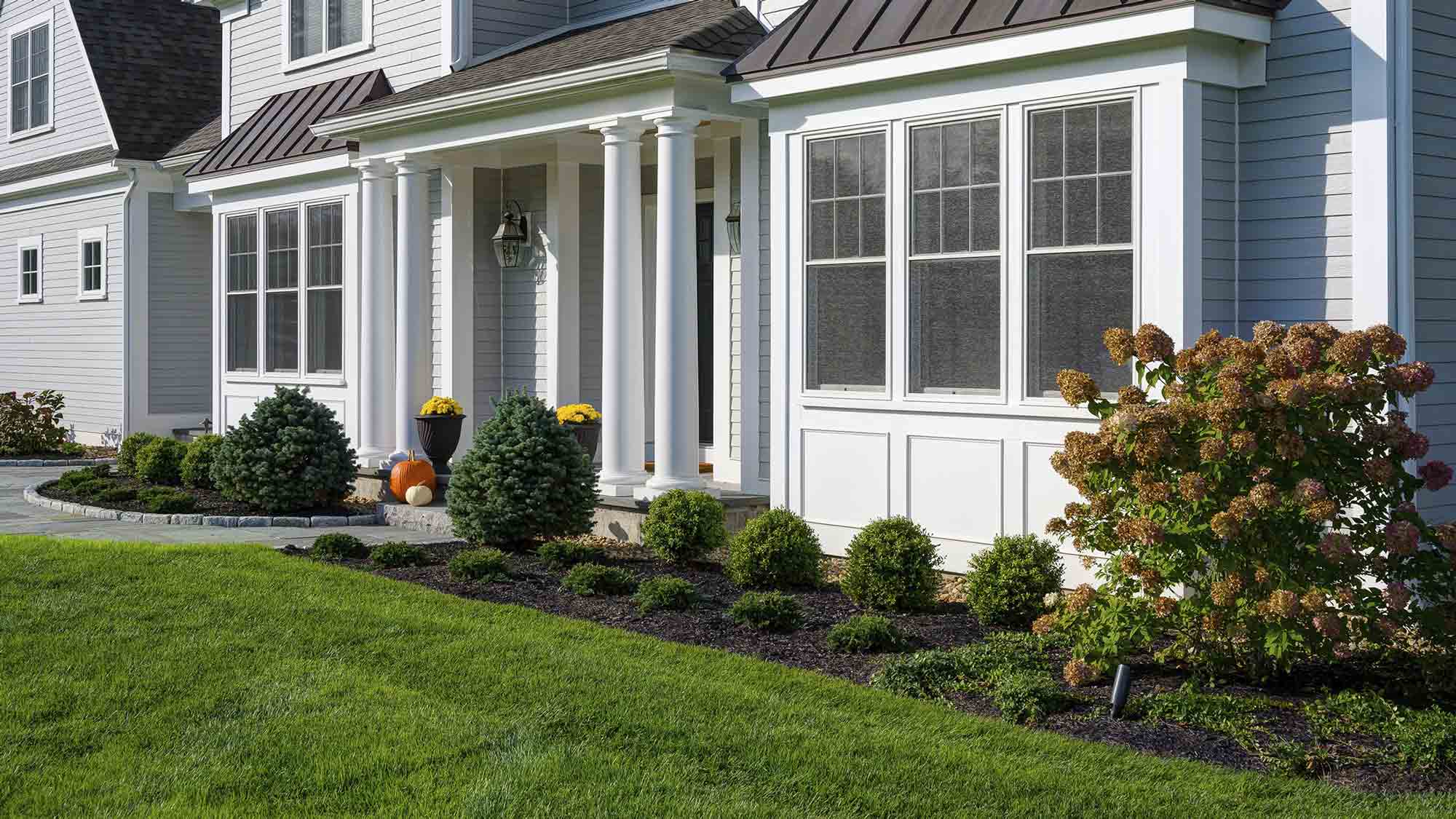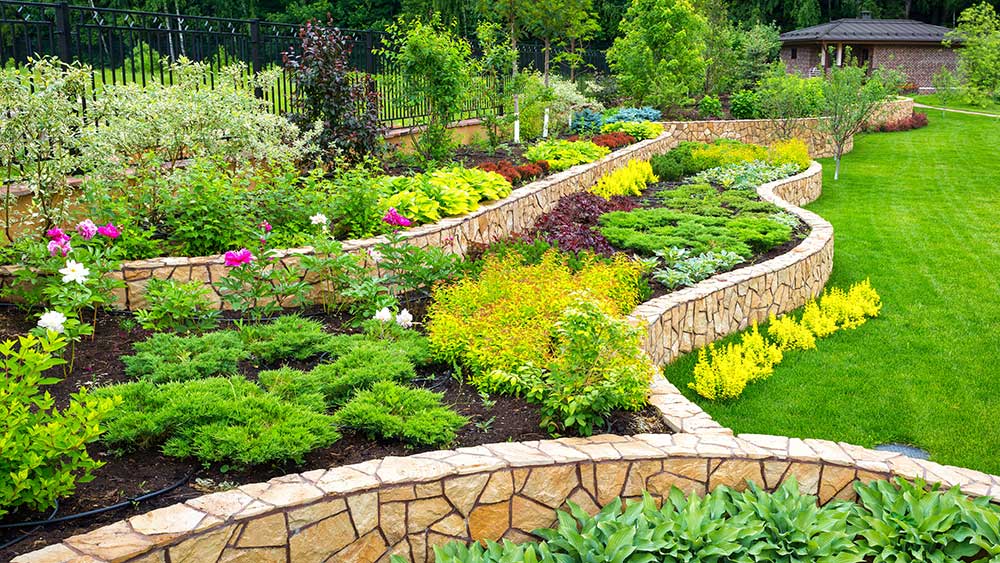Not known Incorrect Statements About Landscapers
Not known Incorrect Statements About Landscapers
Blog Article
Some Known Incorrect Statements About Landscapers
Table of ContentsTop Guidelines Of LandscapersSome Known Questions About Landscapers.8 Easy Facts About Landscapers ExplainedHow Landscapers can Save You Time, Stress, and Money.Not known Details About Landscapers
In the PNW there are semi-deciduous or semi-evergreen plants that might lose their leaves depending on just how cold the wintertime is. - A level gathering room, made of wood or composite material (made to look like timber), typically nearby or affixed to a structure.

This is a natural procedure, and the result can be used for courses and outdoor patios. - Key landscape functions being proposed in a landscape layout plan.
The Only Guide to Landscapers
These objectives guide the style procedure, not the developer's style or preferences. Usual design goals in Rose city are reduced maintenance, drought tolerant, and pet friendly.
Over time this layer can get extremely thick and make it difficult for water, sun, and nutrients to get to sections of the grass.- The procedure of collecting and managing the circulation of water on a building. This can be performed with grading, French drains pipes, completely dry wells, absorptive surface areas, sump pump, rainfall yards, and extra.
- A sluggish feeding watering system that uses flexible tubing and emitters to send out a specific quantity of water to each plant. - The capability of a plant to survive without much summer water.
- A yard attribute where water is stood for by an aggregate stone item, normally a gravel or granite. These are most commonly located in modern-day and Japanese yard layout.- A stone or flagstone outdoor patio, course, or pathway constructed without a concrete base. The base would certainly be compacted gravel and the joints would certainly be an aggregate or walkable ground cover.
Not known Facts About Landscapers
- A rock retaining or free standing wall developed without the use of mortar. - An underground structure that accumulate water and permits it to reduce percolate right into the dirt around it.
Landscape layout that works with a websites' atmosphere in both look and sustainability without unfavorable effects to the atmosphere. Edging in the landscape is a line of demarcation that creates visual interest in the yard by dividing one section from one more segment. This can be aesthetic or useful, maintaining one aspect (such as pea gravel) from getting combined right into look at this web-site one more (like bark dust).
Areas can also sense of "room" offered by trees, various other growings, fences, or displays. The landscape near the entrance to a structure. A tree, bush or vine, educated to grow on a wall surface or fence right into a certain pattern. Particularly helpful for fruit trees, making it very easy to gather the fruit and including mess.
A plant that is not native to the area where it will certainly be planted. Thicker bladed turf lawn that spread via rhizomes.: The degree of dirt on your building prior to bark dust or garden compost is spread.
The Best Guide To Landscapers

The purpose, factor, or activity that a location is be landscaped for. Stairways work, as an example, to allow foot traffic backwards and forwards a slope. Room for expanding plants for checking out, eating, or physical activity. A roofed building made use of over an exterior celebration area. The sprouting of a seed, perhaps describing a grass that is being grown from seed.
Rock item, either rounded or fractured, that is relatively small- generally 1" or much less. Low plants that are permitted or urged to spread over an area. Can describe any type of "hard" yard aspects consisting of statuary or stones but most typically is used to describe courses, patios, and walls.: Elevation difference between the degree of water in a pond (or the degree of the pump if it sits outside the fish pond) and the upper electrical outlet of water which go to my site affects efficiency of the water pump in gph (gallons per hour). Dense shrubs or trees that create a fence, screen, or limit.

Indicators on Landscapers You Should Know
A more relaxed garden controlled by rounded instead of straight bed lines and a less rigid framework. Traditional PNW landscapes are informal. A plant that spreads out even more than desired, or into habitats where it does damage. Rose city has a checklist of invasive plants that ought to not be installed in landscapes because they can spread to woodlands or rivers and be tough sites to manage.
Can include head placements and coverage, pipe sizing, GPM specs, and materials required to mount this system. Certified professional that creates landscapes, educated in engineering and style as well as in horticulture.
Landscape developers typically have less education than Landscape Architects and are not accredited. A completed landscape design, outlining all components for the new landscape.
Calcium material made use of to elevate the pH in soil, which will make it much less friendly to moss. A water tight HDPE material utilized below fish ponds, streams and waterfalls in water features. Utilizing lots of growings of the same variety to fill out a location in the landscape. This can decrease upkeep and water use in the garden.
Report this page